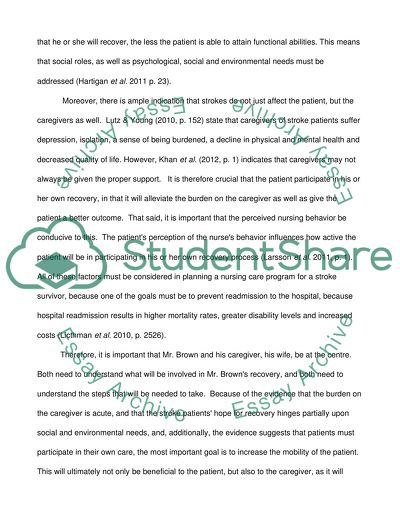Cite this document
(“Nursing - care plan Essay Example | Topics and Well Written Essays - 3250 words”, n.d.)
Retrieved from https://studentshare.org/nursing/1395725-nursing-care-plan
Retrieved from https://studentshare.org/nursing/1395725-nursing-care-plan
(Nursing - Care Plan Essay Example | Topics and Well Written Essays - 3250 Words)
https://studentshare.org/nursing/1395725-nursing-care-plan.
https://studentshare.org/nursing/1395725-nursing-care-plan.
“Nursing - Care Plan Essay Example | Topics and Well Written Essays - 3250 Words”, n.d. https://studentshare.org/nursing/1395725-nursing-care-plan.


